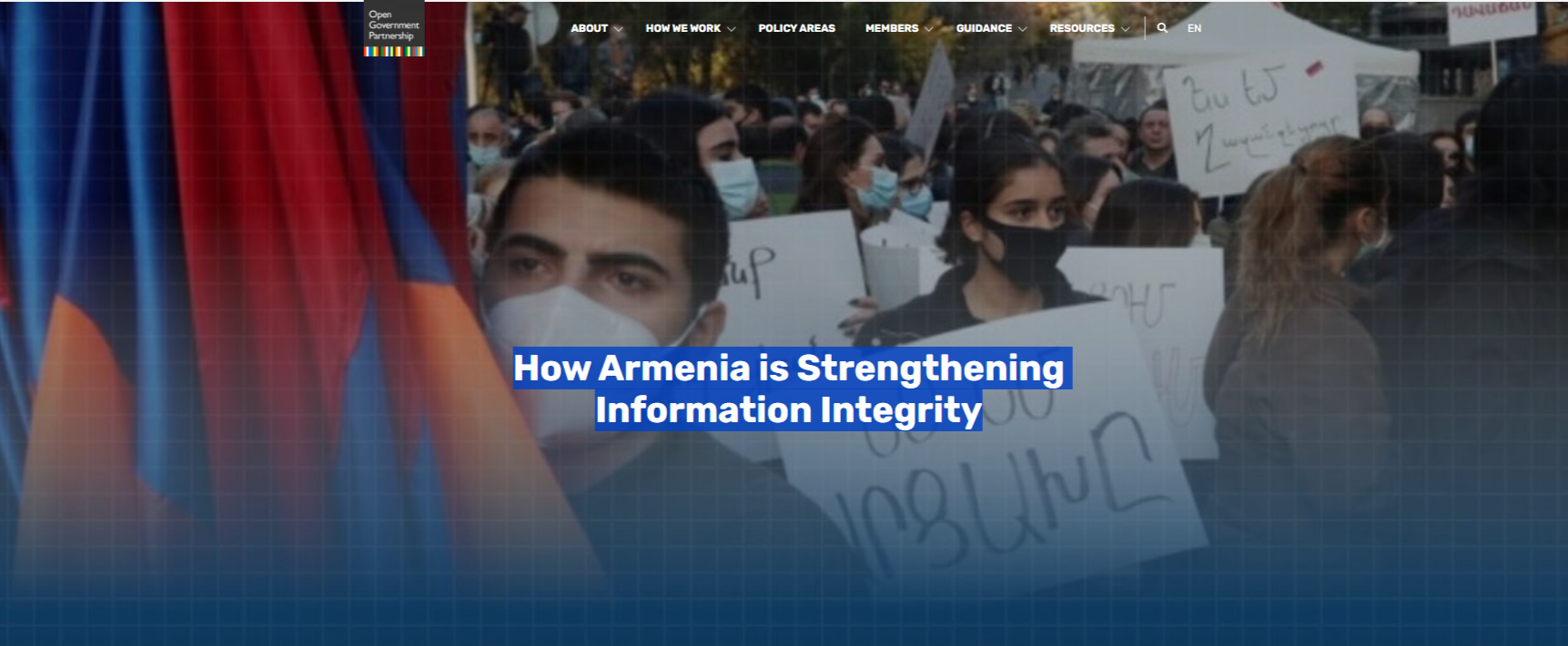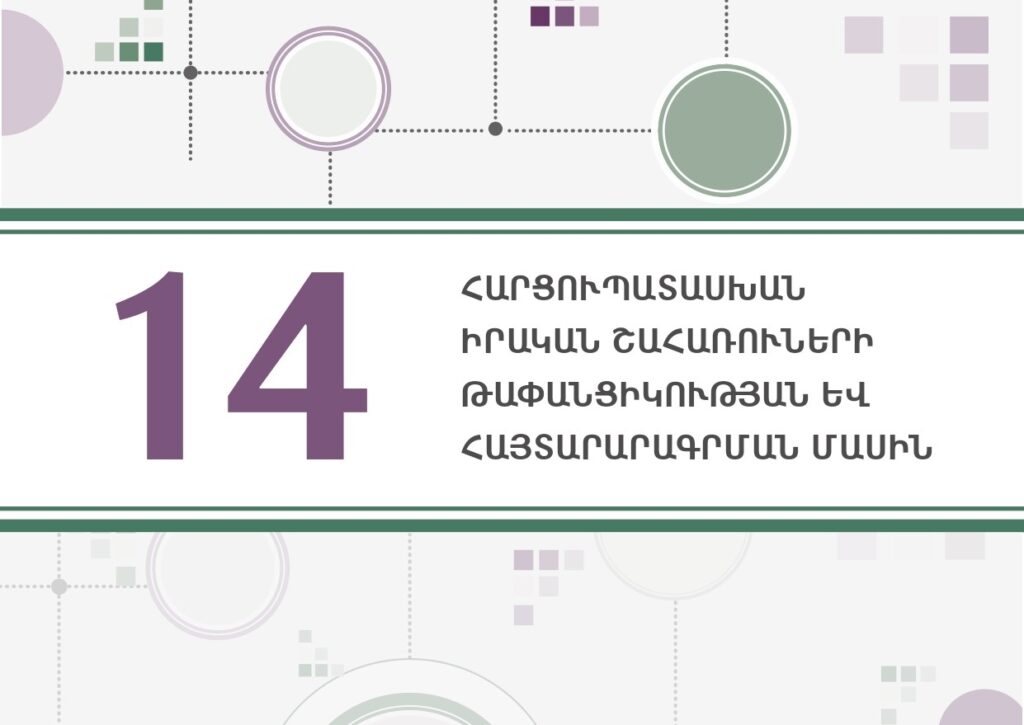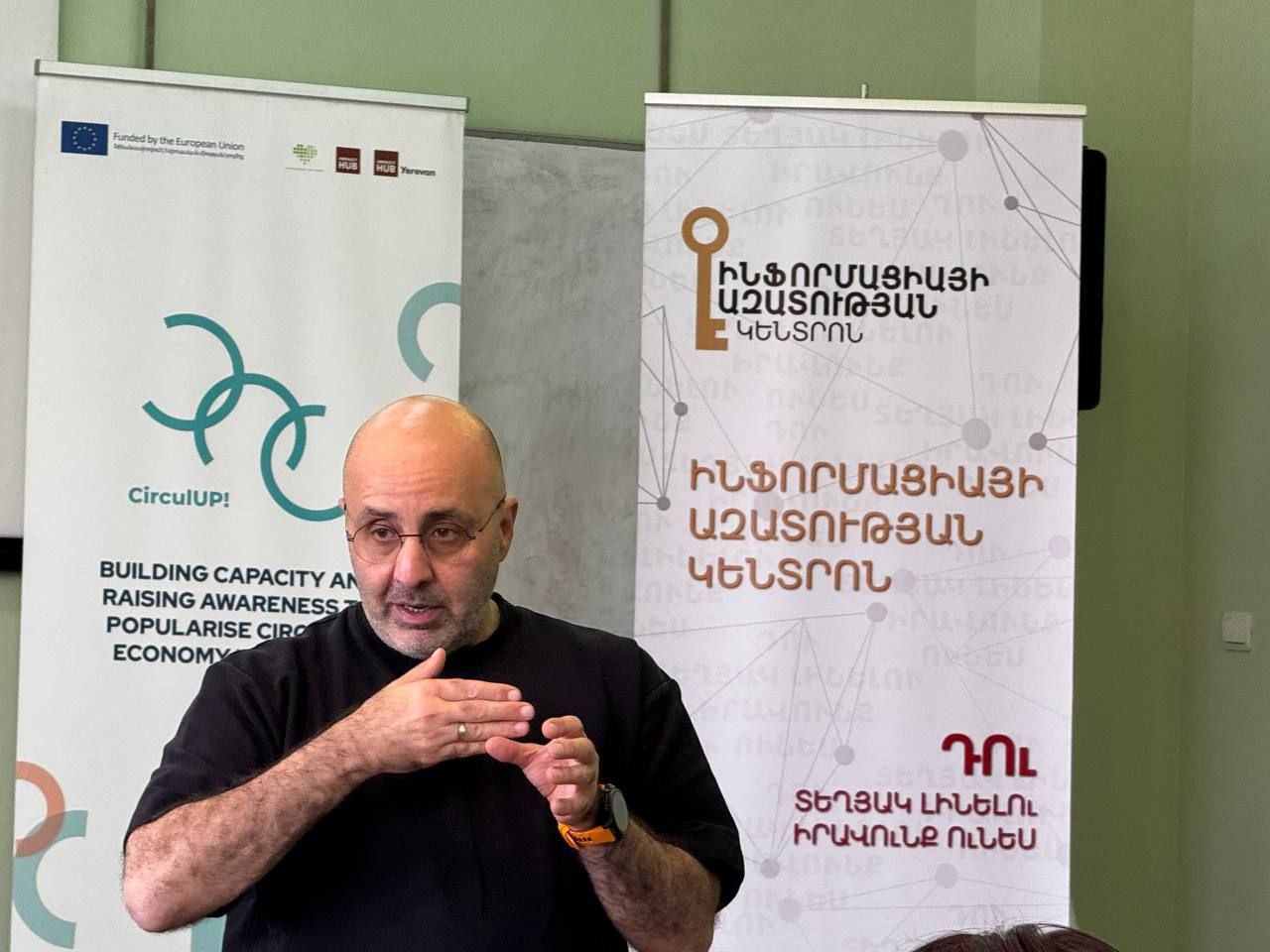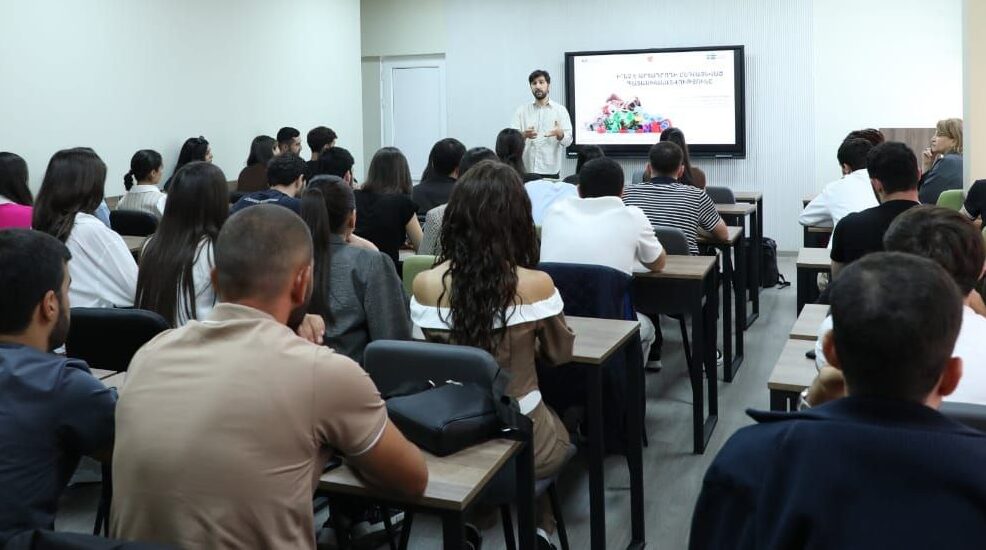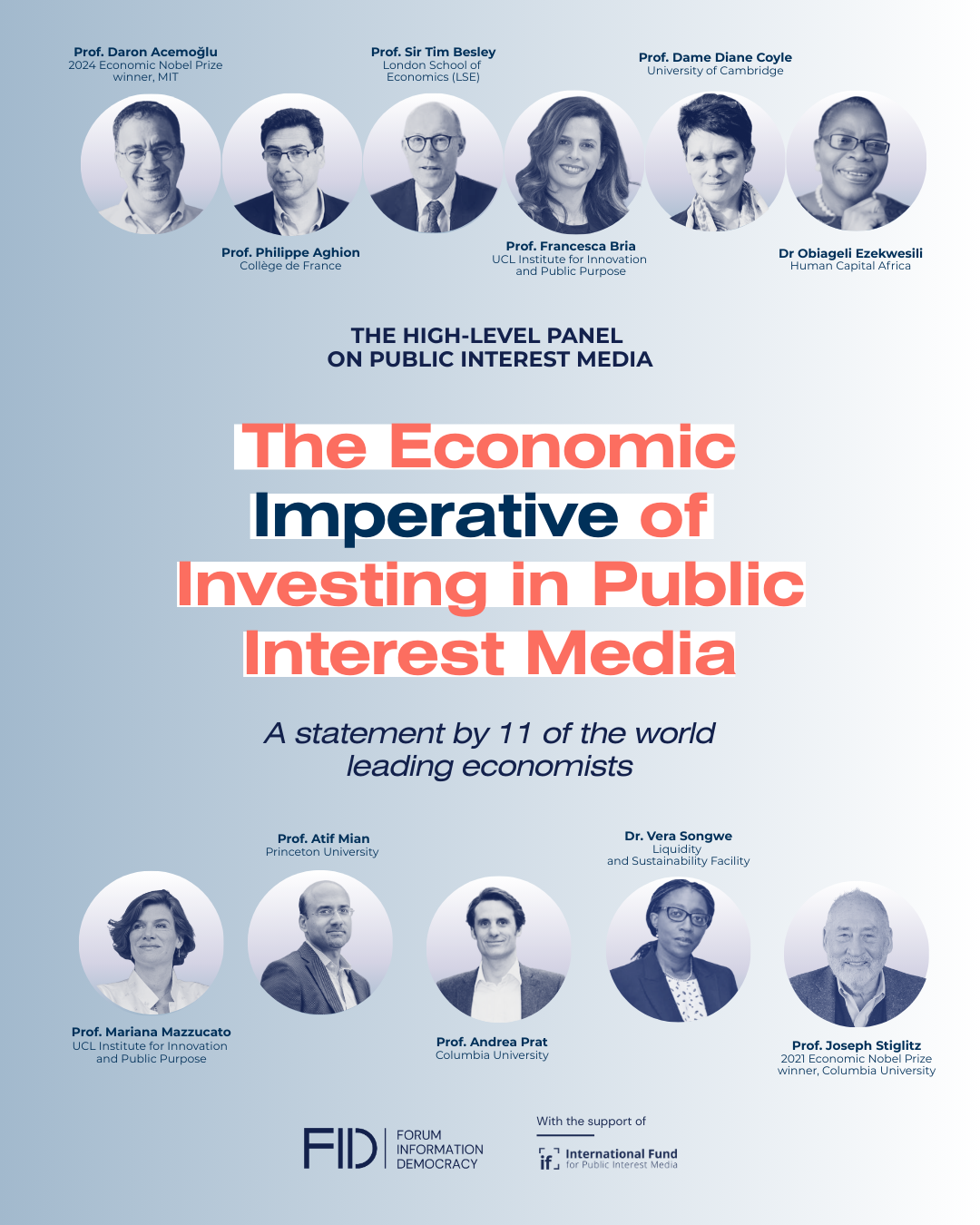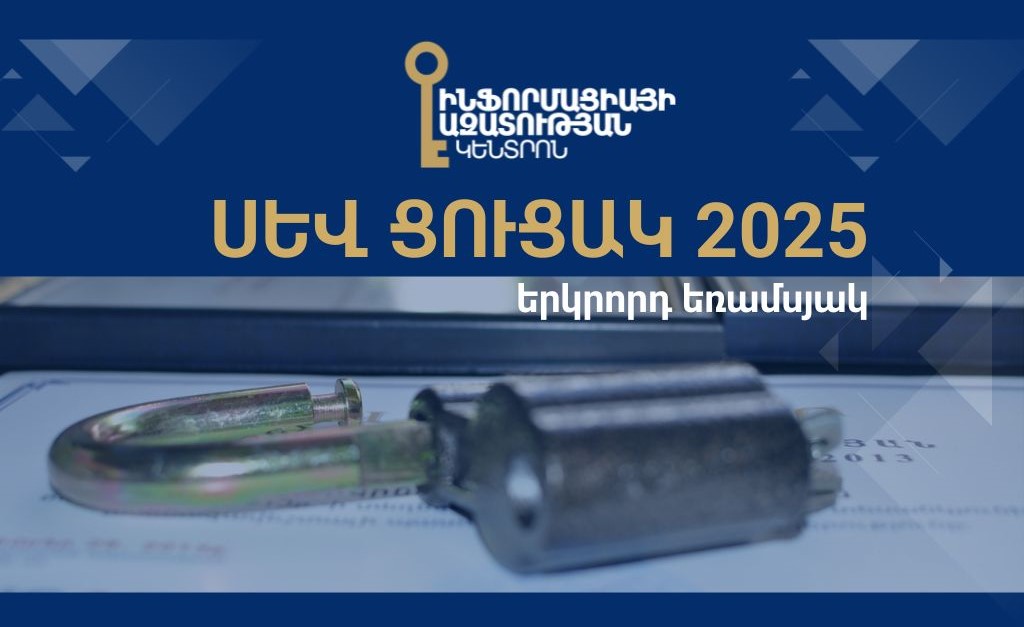Gayaneh Hovakimyan Bulletin #13 Until recently, among state structures of Armenia the Central Bank was one of the most active ones in working with mass media perhaps yielding in activeness only to the National Assembly. Currently, the Central Bank prefers a more passive working style. By saying active working style, we mean the meetings with journalists and other events during which journalists have the opportunity to ask questions they are interested in. Of course we also take into account written inquiries for receiving information. Besides the activities mentioned above, the Central Bank publishes informaiton about its activities on the web site as well as the Central Bank newsletters. So that our appraisal of the CB’s transparency is not subjective, we shall first of all present what kind of information does the Central Bank provide to the society, specialized groups and wide masses. The bank regularly publishes a brief assessment of the macroeconomic situation showing economic growth in the country and the past and expected situation with the monetary base. The bank also provides general information on the country’s financial market and compares actual data with previous periods. Besides, the bank publishes the issues discusses during the sittings of the bank councils (as fixed by the law, the sittings are closed). The issues discussed can also concern separate subjects of the banking sphere. Among various kinds of public information we would like to emphasize publications on the development trends of bank system and compliance or breachs of norms. It is worth mentioning that the Information Department of the Central Bank works with journalists collectively and functions very well. It seems that the Central Bank publishes everything that enables to have an idea about the Central Bank, other banks functioning in Armenia and the whole banking system. However… all of the mentioned above is the information which has to be published. But as a rule mass media are interested in the reverse side of the medal. In this cases the term banking secrecy is used rather successfully and flexibly. What is banking secrecy? The question has two sides: what does it mean for bankers and what does it mean for journalists? It should be mentioned that in usage, banking secrecy is very often taken far away from its real essence. That is to say, it is very often abused by representatives of the sphere for their own benefit. Unfortunately we also have to mention about professional unpreparedness of mass media. Any question that seems undesirable to bankers is turned to a banking secrecy, which has become a sort of taboo for the majority of journalists. What is banking secrecy in reality? According to the RA law on banking secrecy “Subject to banking secrecy shall be information that becomes known to the bank in the course of its official activity with its customer, such as information on customer’s accounts, transactions made by instruction or in favor of the customer, as well as the customer’s trade secret, facts relating to any projects or plans of its activity, invention, sample products and any other information which the customer has intended to keep in secret and that the bank becomes aware or may have become aware of such intention”. By the way, all the banks are considered customers of the Central Bank. Below we shall bring several examples of abuse banking secrecy. All of us remember the May 2005 agiotage over currency market of Armenia. By the way those developments were qualified “agitoage” by the chairman of Central Bank. During one day the value of one US dollar reached 500 from 430 AMD. For our currency market, such abrupt changes can be considered unprecedented (besides those of early 1990s). Reactions to what happened were different. The chairman of Central Bank announced two versions, one of which was the possible large-scale purchase of US dollar from the market by some subject. The same version was presented also by the Minister of Finances. In order to find out what had happened in our currency market, a month later we applied to the Central Bank chairman who answered that it was “banking secrecy”. From here we can come to two conclusions: either someone had made speculative transactions with some subject and the Central Bank, defending the rights of its customer could not publish that information, or there hasn’t been any banking secrecy and due to some circustances the CB chairman simply did not want to provide the information he possessed. Doing so he has violated the journalist’s and naturally also the society’s right to be informed. When we asked one of the newly-established trading banks how many investors they had, the reply was again “banking secrecy”, whereas banking secrecy does not prohibit provision of information about the number of investors. There are certain restrictions fixed by the law on commercial secrecy which however leaves the question of disclosure or non-disclosure at the bank’s discretion. In our financial market there is a phenomenon which has become something like an axiome: “The end of banking secrecy is the beginning of commercial secrecy” or vice versa. Returning to the transparency of the first bank of our country we find it important to find out the shady sides of the bank’s priorities which are published for vast masses. Today the priority of the Central Bank of Armenia is to guarantee sustainable rise in prices. Last year when the economy of our was in danger (the rate growth had reached 8% instead of 3% as planned) it turned out at the beginning of this year the Central Bank had just artificially depriciated dollar and managed to guarantee the planned level of rate growth. Meanwhile, we all know that monetary policy of Armenia, is guided by the “floating” and not “fixed” exchange rate fixed by the Central Bank. It turns out that the first bank of our county artificially fixes exchange rates instead of letting the market regulate according to demand and supply. Until the middle of 2004 when the real causes of dollar’s devaluation became clear, the Central Bank had been deceivin mass media, that is to say the whole population and continued artificial maintenance of the “priority”. Why did the Central Bank conceal the truth? The reason probably lies not in the non-fulfillment of liabilities, but as we think – in the unachieved indepenence. According to the RA law the Central Bank is an independent juridical person. This is fixed by the law, but reality proves the opposite. In reality, artificial devaluation of dollar was not conditioned by the CB’s priorities but by the government’s programs. Ensuring 3% rate growth is one of the fundamental issues of the government’s Poverty Reduction Program. In case of failure, hopes to receive funds from international organizations within the frames of the program would simply collapse. In our opinion all the problems between the Central Bank and mass media are first of all caused by the lack of Central Bank’s independence.


